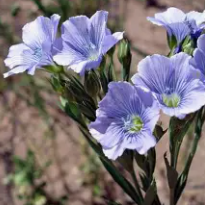Information report for Lus10011346
Gene Details
|

|
Functional Annotation
Family Introduction
Literature and News
Gene Resources
Sequences
Information report for Lus10011346
Gene Details
|

|
Functional Annotation
Family Introduction
Literature and News
Gene Resources
Sequences